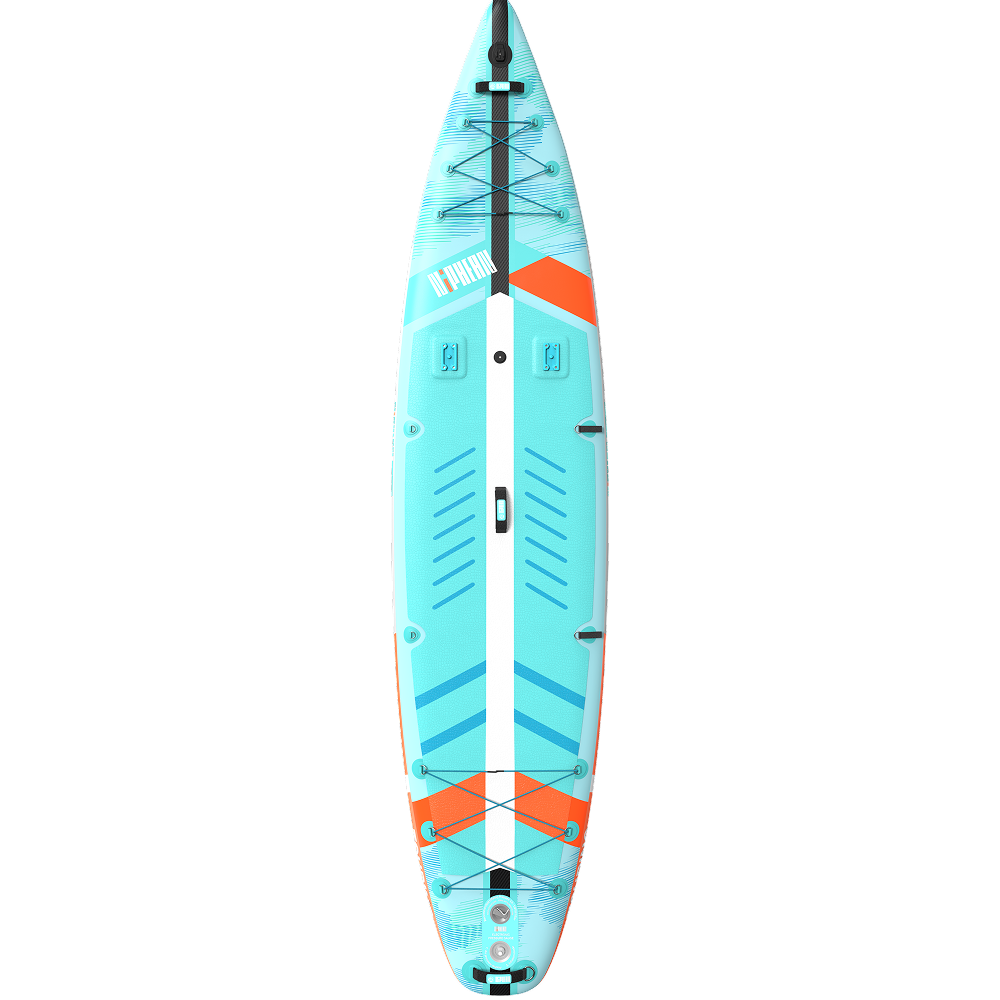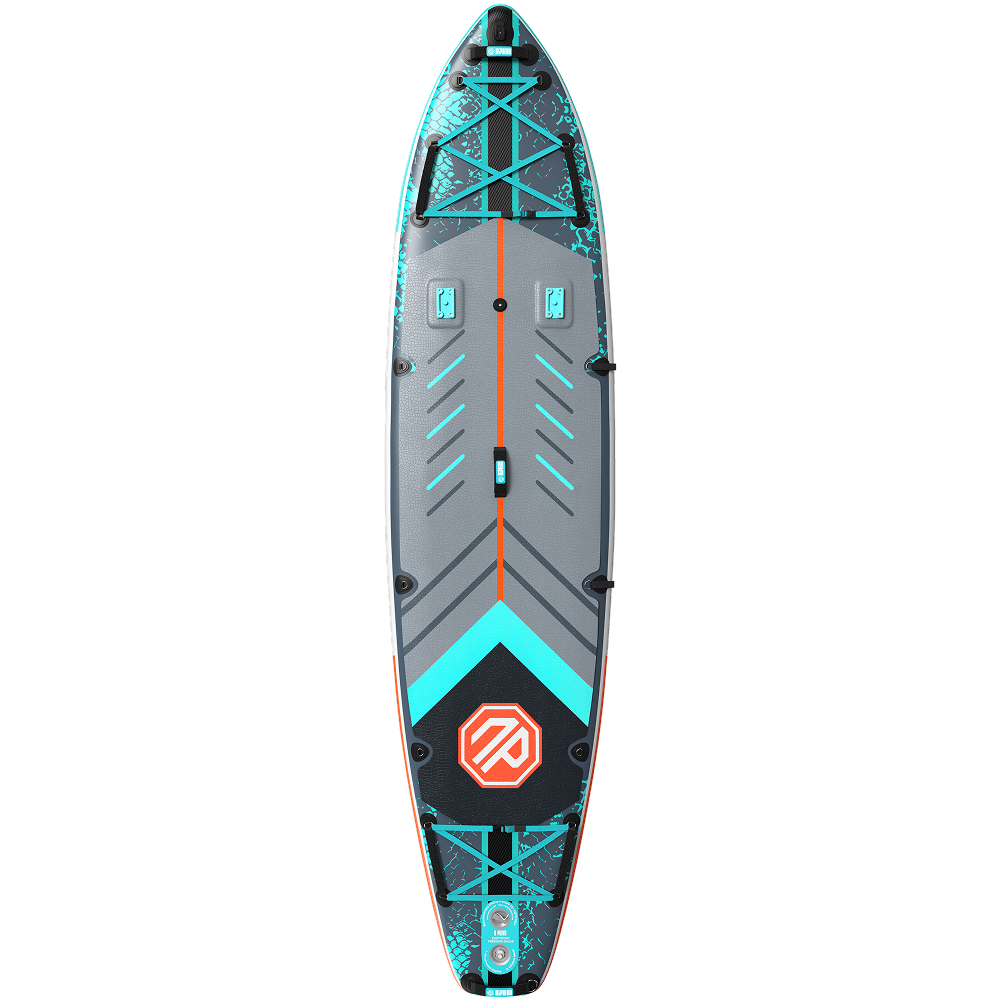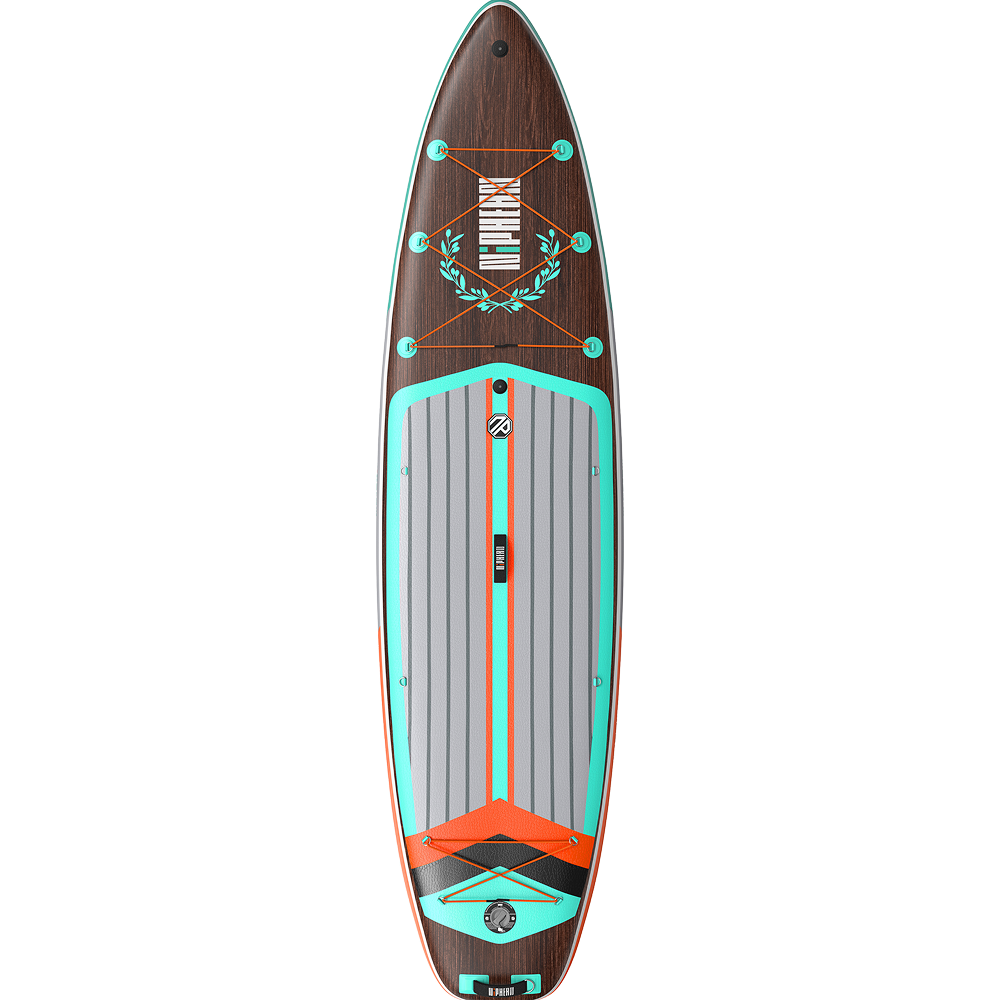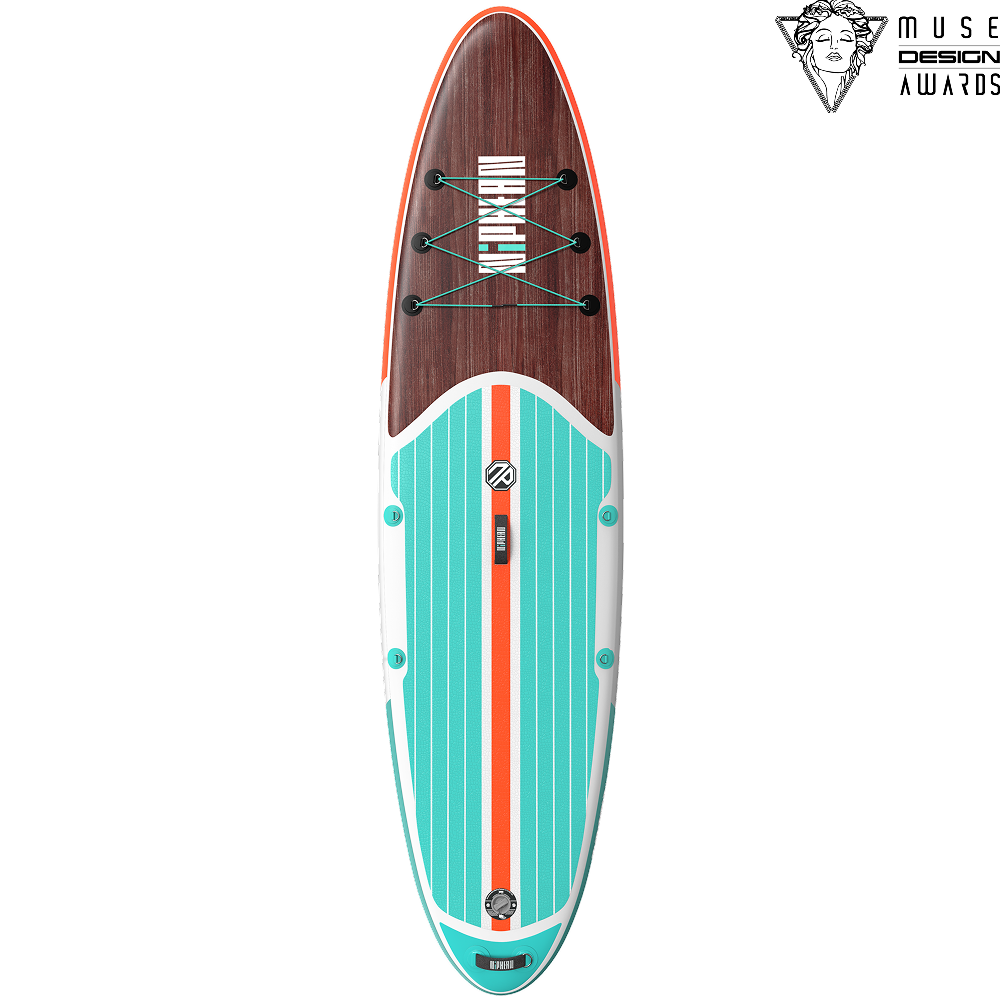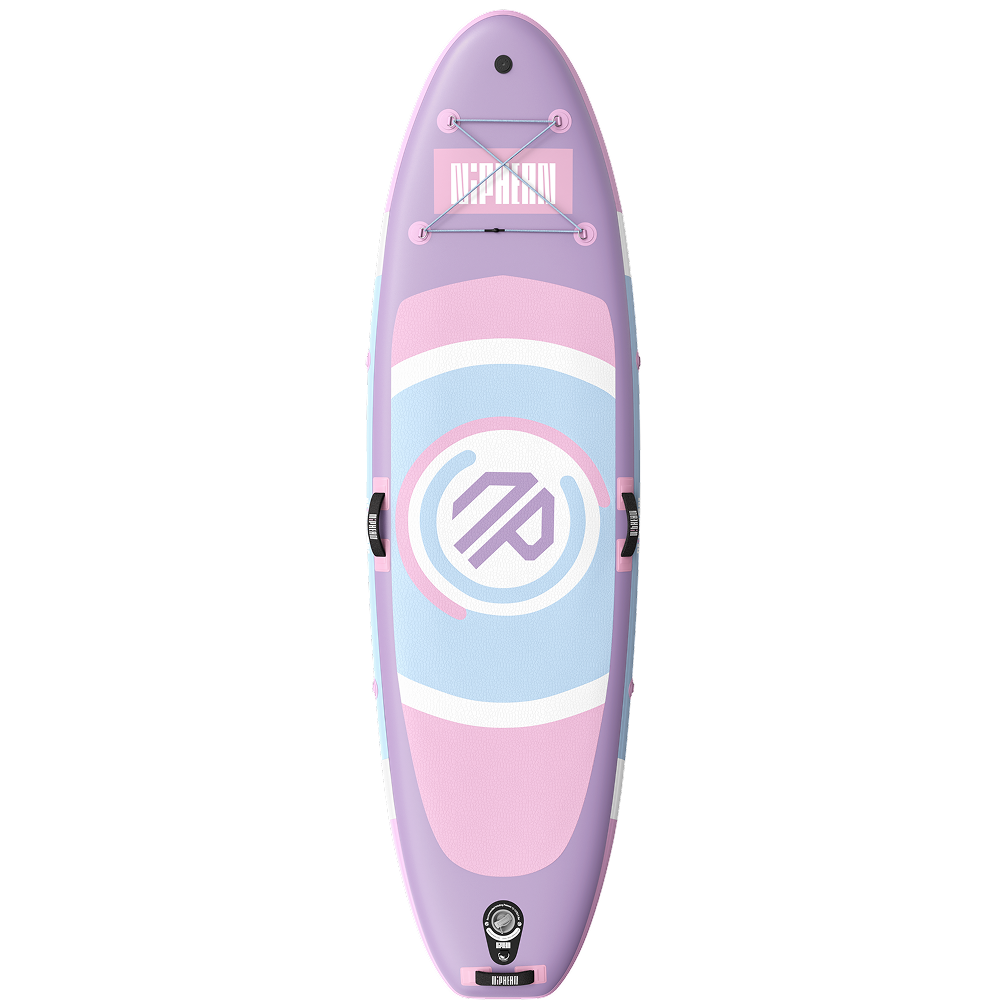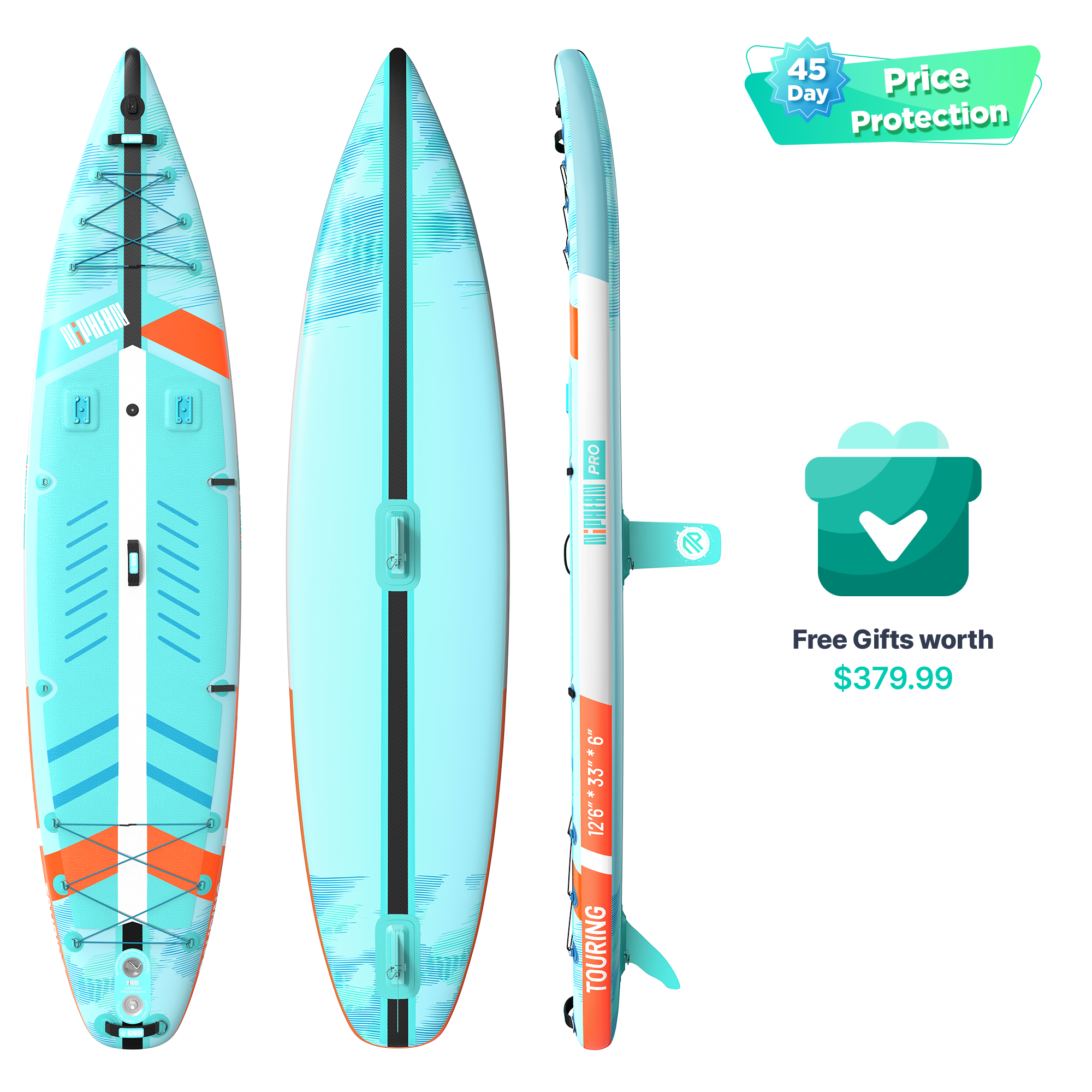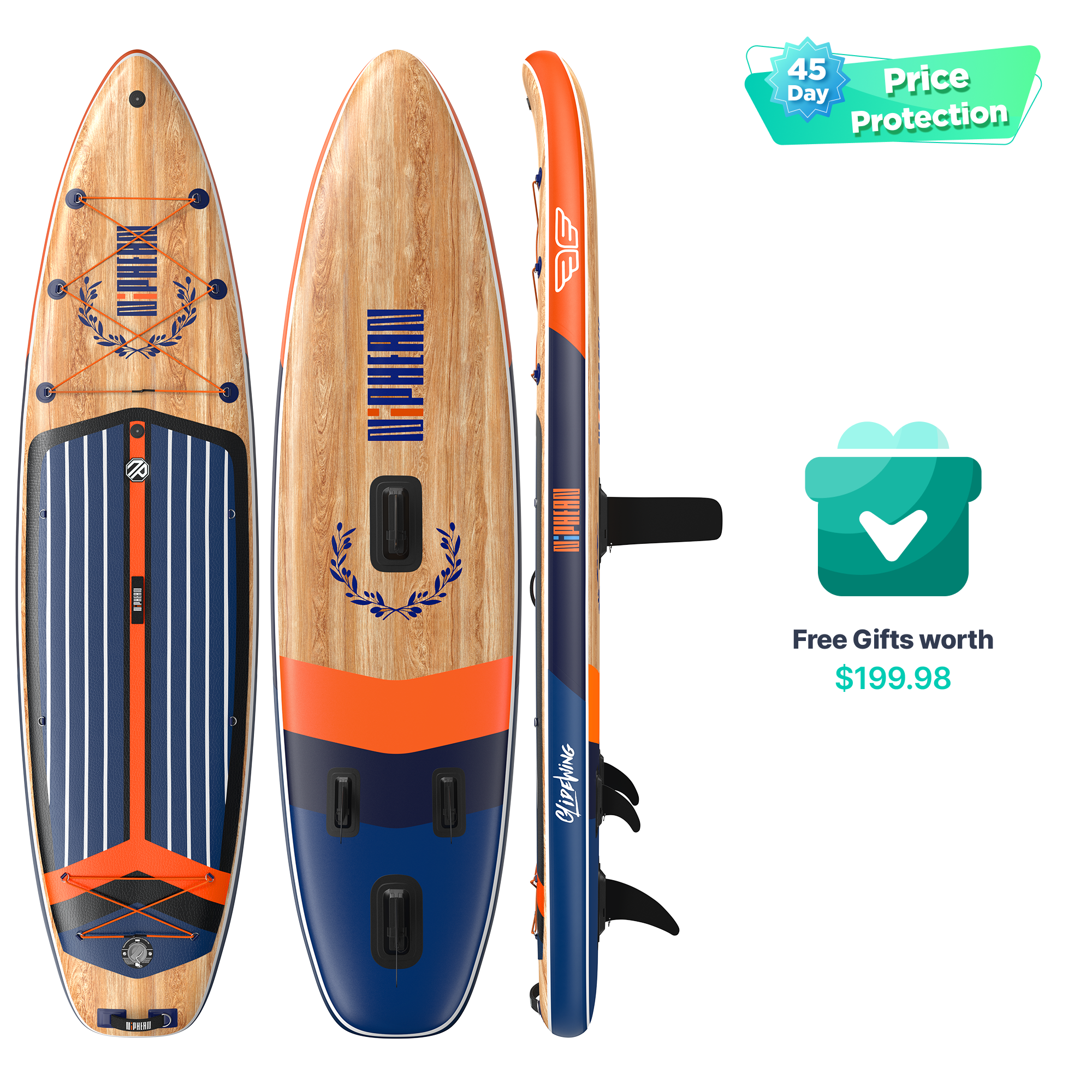- No products in the cart.
Paddle Board vs. Surfboard: What’s the Difference?
May 30, 2025
As watersports grow in popularity, many newcomers find themselves wondering: Paddle board vs. surfboard — what’s the real difference? Though they may appear similar from afar, these two boards are designed with entirely different purposes, shapes, and performance features in mind. Whether you're riding waves or cruising calm waters, choosing the right board can make or break your experience.
In this article, we’ll dive into the key differences between paddle boards (SUPs) and surfboards, compare their materials, and help you understand which one fits your lifestyle.
1. Purpose & Use: Calm Waters vs. Waves
Paddle Boards (also called SUPs or stand-up paddle boards) are made for versatility. You can ride one on a lake, river, or ocean. They are ideal for activities such as:
- Flatwater paddling
- Yoga
- Touring or long-distance paddling
- Fishing
- Whitewater (for inflatable SUPs)
- Recreational paddling
Surfboards, on the other hand, are built specifically for wave riding. Their lightweight design, smaller size, and increased rocker (curvature) make them more maneuverable on waves but unsuitable for flatwater paddling.
2. Shape & Size Differences
One of the most noticeable differences is in shape and dimensions:
| Feature | Paddle Board (SUP) | Surfboard |
|---|---|---|
| Length | 10–12 feet average | 5–8 feet average |
| Width | 30–34 inches | 18–22 inches |
| Thickness | 4–6 inches | 2–3 inches |
| Volume | High (supports standing & gear) | Low (designed for responsiveness) |
Because of its size and width, a paddle board is much more stable — perfect for beginners or riders carrying gear.
3. Materials & Construction
SUP Materials
Modern paddle boards are often made with:
- Drop-stitch core + military-grade PVC (for inflatable models)
- EPS foam + fiberglass and epoxy resin (for hard boards)
These materials offer high durability, lightweight portability, and the ability to withstand bumps or shallow water.
Inflatable paddle boards (like Niphean’s blow up stand up paddleboard) have surged in popularity due to their convenience and resilience.
Surfboard Materials
Surfboards usually feature:
- Polyurethane foam or EPS core
- Coated with fiberglass and polyester/epoxy resin
They’re lighter and more performance-focused, but also more fragile and less stable.
4. Performance: Stability vs. Agility
If you're looking for:
- Stability and balance → choose a paddle board
- Speed and wave maneuverability → go for a surfboard
SUPs are ideal for standing, sitting with a SUP seat, and cruising longer distances. Many new riders also enjoy the fitness benefits and low-impact workouts of paddle boarding.
Surfboards, meanwhile, are designed for short bursts of high agility and speed on the face of a wave.
5. Paddling vs. Paddling-Free
The names say it all:
- Paddle Boards are used with a long paddle, allowing the rider to stand, kneel, or sit and glide across the water.
- Surfboards rely on the rider’s arms to paddle into waves while lying down, then pop up to ride.
This key difference impacts your mobility, muscle usage, and overall ride experience.
6. Learning Curve
- Paddle boarding is easier to learn for beginners. The wider surface and added paddle give you more balance and control. Within one session, most people can get the hang of it.
- Surfing has a steeper learning curve, requiring more time to master balance, timing, and wave reading.
If you're new to water sports, starting on a paddle board might be your best bet.
7. Versatility & Gear Compatibility
One of the biggest perks of SUPs is their versatility:
- Can attach a SUP seat for seated paddling
- Bring along a cooler or dry bag
- Practice yoga
- Fish with rod holders
- Use it on rivers, lakes, oceans
Surfboards are more limited in use, designed purely for wave riding.
Conclusion: Which Should You Choose?
If you:
✅ Enjoy calm water, touring, fitness, or yoga
✅ Want a beginner-friendly and multi-use board
✅ Appreciate durability and convenience (especially with inflatable paddle boards)
Then a paddle board is likely your best match.
If you:
✅ Love catching and riding waves
✅ Are seeking a performance-driven thrill ride
✅ Have surfing experience
Then a surfboard will offer the responsiveness you need.
In short, the choice comes down to use, environment, and experience level. For many, the paddle board offers more possibilities — and with modern technology like blow up stand up paddleboard construction, you no longer have to compromise between performance and portability.
